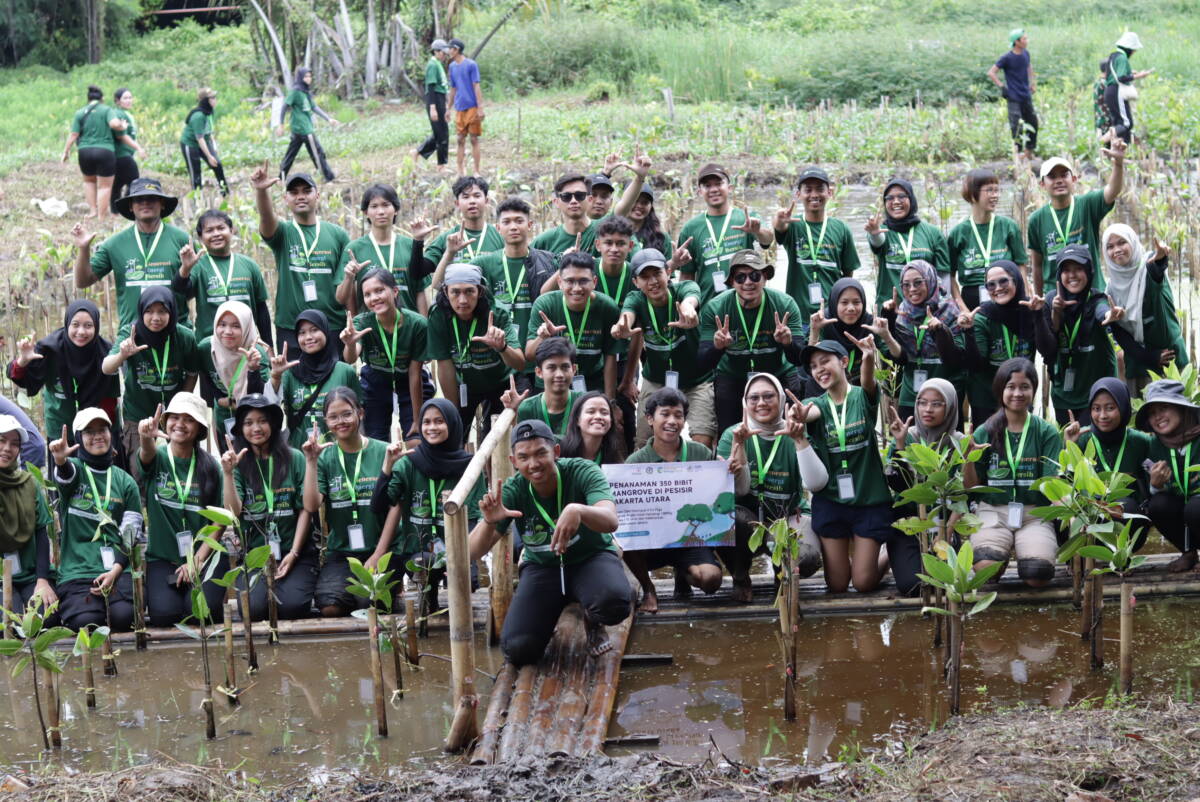Jakarta, March 27, 2024- A procession of individuals in moss green attire filled the streets around Gambir, Central Jakarta. Their attire bore the insignia of Generasi Energi Bersih (GEN-B) or Clean Energy Generation, and some carried placards encouraging onlookers to curb their personal emissions. With youthful faces, approximately 350 individuals gathered to address emissions contributing…


